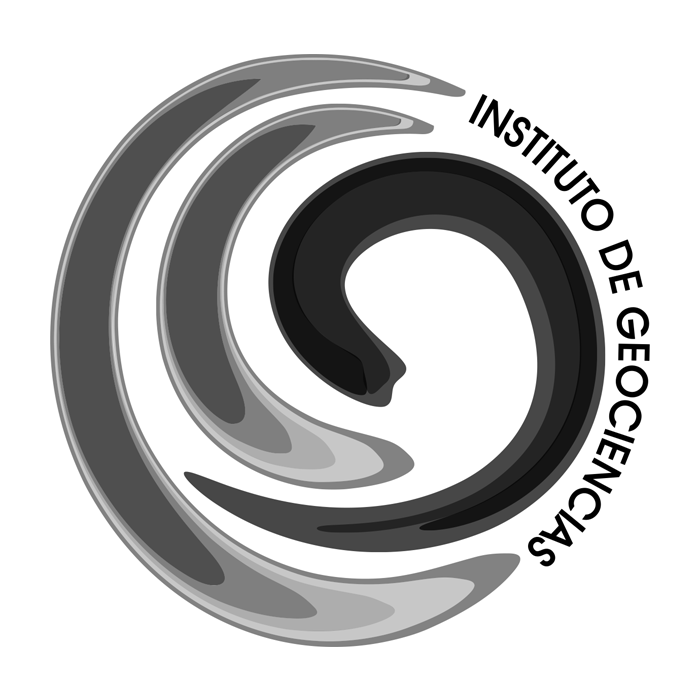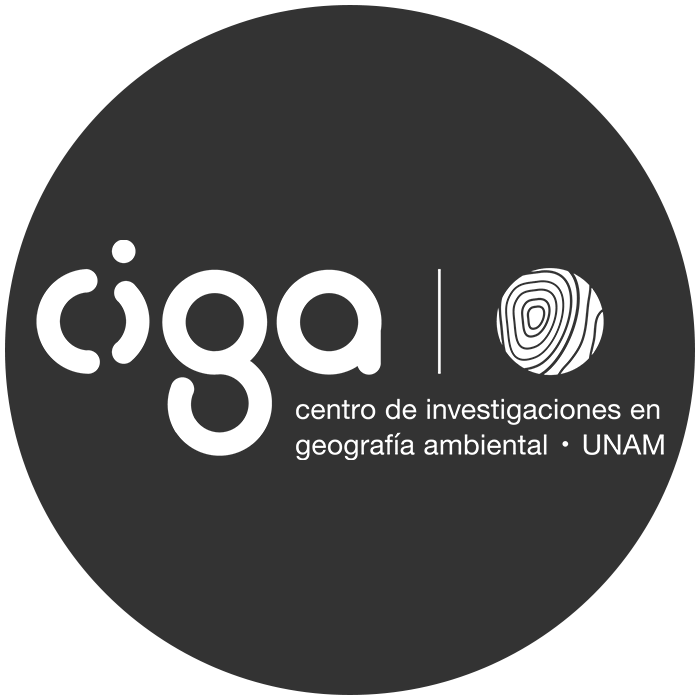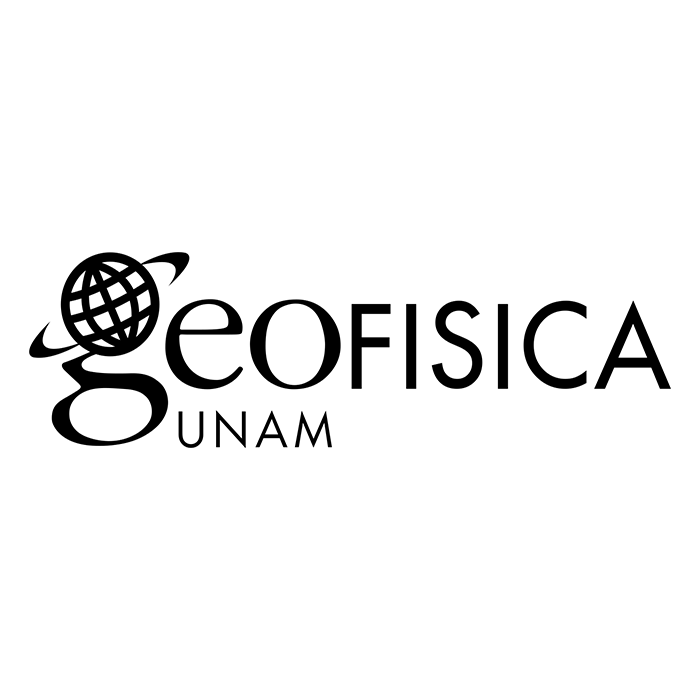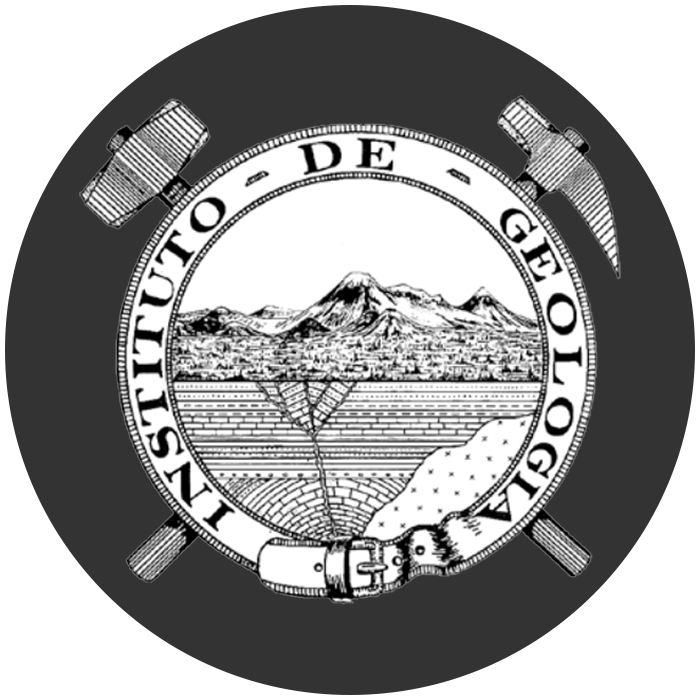Scientific geovisualization of the dynamics of Sargassum dispersion and landfall in the Caribbean, based on satellite imagery and numerical forecasts.
Main Article Content
Abstract
This study focuses on the spatial and temporal representation of Sargassum dispersal and landfall dynamics. An automated prototype is developed incorporating the following components: 1) Detection of Sargassum Rafts: Individual sargassum rafts are identified using Sentinel-2 images with a revisiting period of five days. 2) Forecasting/Hindcasting Vector Fields: One-week forecasts (or hindcasts) are obtained at hourly intervals for the primary forces affecting raft movement—currents, tides, waves, and wind—using supercomputing services (Copernicus Marine Service) 3) Lagrangian Simulation: The movement of detected rafts in step 1 is simulated using the vector fields obtained in step 2. For statistical purposes, rafts that land or drift outside the simulation range are logged with details of location, date, and time. 4) Animation Generation: Four animations are produced to visualize: a) Rafts movement, b) Rafts trajectories, c) The dynamics of surface forcings (currents, tides, and waves), and d) The dynamics of above-surface factors (i.e. wind drag, modeled as a percentage of wind speed). 5) Interactive 3D Visualization: All elements are integrated into an interactive globe featuring 3D bathymetry, allowing users to explore sargassum dispersion and landfall predictions (or hindcasts) for specific satellite observation dates.
While the prototype shown takes into account all elements of a monitoring system, it should not be considered as an operational early warning system. Further steps, beyond the scope of this study, would be required, including optimization of the remote sensing technique, improvement of the transport simulation methods, and an experimental framework for accuracy assessment. In this study, we present the interactive geovisualization and discuss its potential for improving the scientific understanding of Sargassum dispersal and landfall patterns, as well as its potential for the implementation of coastal management policies.
A comparison is made with existing systems, highlighting the limitations and advantages of our approach while discussing its potential for developing a robust Sargassum monitoring and early warning system for the Caribbean Sea.
Downloads
Article Details

This work is licensed under a Creative Commons Attribution-NonCommercial-ShareAlike 4.0 International License.
PLUMX Metrics
References
Bible, S., Triece, C., & Sayko Ryan. (2020). Navigating Fluid Motion: Lagrangian vs. Eulerian Frames of Fluid Motion. https://www.resolvedanalytics.com/cfd-physics-models/lagrangian-vs-eulerian-phase-models
Chávez, V., Uribe-Martínez, A., Cuevas, E., Rodríguez-Martínez, R. E., van Tussenbroek, B. I., Francisco, V., Estévez, M., Celis, L. B., Monroy-Velázquez, L. V., & Leal-Bautista, R. (2020). Massive influx of pelagic sargassum spp. on the coasts of the Mexican Caribbean 2014-2020: challenges and opportunities. Water, 12(10), 2908.
Collecte Localisation Satellites (CLS). (2023, April 25). SAMTOOL: sargassum DETECTION. Https://Datastore.Cls.Fr/Products/Samtool-sargassum-Detection/. https://datastore.cls.fr/products/samtool-sargassum-detection/
DEAL de Guadeloupe (Direction de l'Environnement, de l'Aménagement et du L., & Meteo France. (2023, April 21). Prévision des échouages. Https://Www.Guadeloupe.Developpement-Durable.Gouv.Fr/Prevision-Des-Echouages-R1256.Html. https://www.guadeloupe.developpement-durable.gouv.fr/prevision-des-echouages-r1256.html
Hu, C., Barnes, B., & Canizzaro, J. (2024). Satellite-based sargassum Watch System (SaWS). Optical Oceanography Laboratory, College of Marine Science, University of South Florida. https://optics.marine.usf.edu/projects/saws_test.html
Johns, E. M., Lumpkin, R., Putman, N. F., Smith, R. H., Muller-Karger, F. E., Rueda-Roa, D. T., Hu, C., Wang, M., Brooks, M. T., & Gramer, L. J. (2020). The establishment of a pelagic sargassum population in the tropical Atlantic: biological consequences of a basin-scale long distance dispersal event. Progress in Oceanography, 182, 102269.
Olguin-Maciel, E., Leal-Bautista, R. M., Alzate-Gaviria, L., Domínguez-Maldonado, J., & Tapia-Tussell, R. (2022). Environmental impact of sargassum spp. landings: an evaluation of leachate released from natural decomposition at Mexican Caribbean coast. Environmental Science and Pollution Research, 29(60), 91071-91080.
Oxenford, H. A., Cox, S.-A., van Tussenbroek, B. I., & Desrochers, A. (2021). Challenges of turning the sargassum crisis into gold: current constraints and implications for the Caribbean. Phycology, 1(1), 27-48.
Park, K., Kaiser, K., & Broman, B. (2015). SEAS Forecasting (sargassum EARLY ADVISORY SYSTEM). http://seas-forecast.com/
Putman, N. F., Beyea, R. T., Iporac, L. A. R., Triñanes, J., Ackerman, E. G., Olascoaga, M. J., Appendini, C. M., Arriaga, J., Collado-Vides, L., Lumpkin, R., Hu, C., & Goni, G. (2023). Improving satellite monitoring of coastal inundations of pelagic sargassum algae with wind and citizen science data. Aquatic Botany, 188. https://doi.org/10.1016/j.aquabot.2023.103672
Putman, N. F., Goni, G. J., Gramer, L. J., Hu, C., Johns, E. M., Trinanes, J., & Wang, M. (2018). Simulating transport pathways of pelagic sargassum from the Equatorial Atlantic into the Caribbean Sea. Progress in Oceanography, 165. https://doi.org/10.1016/j.pocean.2018.06.009
Robledo, D., Vázquez-Delfín, E., Freile-Pelegrín, Y., Vásquez-Elizondo, R. M., Qui-Minet, Z. N., & Salazar-Garibay, A. (2021). Challenges and opportunities in relation to sargassum events along the Caribbean Sea. Frontiers in Marine Science, 8, 699664.
Rodríguez-Martínez, R. E., Medina-Valmaseda, A.-E., Blanchon, P., Monroy-Velázquez, L. V, Almazán-Becerril, A., Delgado-Pech, B., Vásquez-Yeomans, L., Francisco, V., & García-Rivas, M. C. (2019). Faunal mortality associated with massive beaching and decomposition of pelagic sargassum. Marine Pollution Bulletin, 146, 201-205.
Schling, M., Compeán, R. G., Pazos, N., Bailey, A., Arkema, K., & Ruckelshaus, M. (2022). The Economic Impact of sargassum: Evidence from the Mexican Coast. Inter-American Development Bank. https://publications.iadb.org/publications/english/document/The-Economic-Impact-of-sargassum--Evidence-from-the-Mexican-Coast.pdf
Shirah, G., & Mitchell, H. (2015). Garbage Patch Visualization Experiment. https://svs.gsfc.nasa.gov/4174
Uribe-Martínez, A., Berriel-Bueno, D., Chávez, V., Cuevas, E., Almeida, K. L., Fontes, J. V. H., van Tussenbroek, B. I., Mariño-Tapia, I., Liceaga-Correa, M. de los Á., Ojeda, E., Castañeda-Ramírez, D. G., & Silva, R. (2022). Multiscale distribution patterns of pelagic rafts of sargasso (sargassum spp.) in the Mexican Caribbean (2014–2020). Frontiers in Marine Science, 9. https://doi.org/10.3389/fmars.2022.920339
Van Tussenbroek, B. I., Arana, H. A. H., Rodríguez-Martínez, R. E., Espinoza-Avalos, J., Canizales-Flores, H. M., González-Godoy, C. E., Barba-Santos, M. G., Vega-Zepeda, A., & Collado-Vides, L. (2017). Severe impacts of brown tides caused by sargassum spp. on near-shore Caribbean seagrass communities. Marine Pollution Bulletin, 122(1-2), 272-281.
Wang, M., & Hu, C. (2016). Mapping and quantifying sargassum distribution and coverage in the Central West Atlantic using MODIS observations. Remote Sensing of Environment, 183, 350-367.
Wang, M., & Hu, C. (2020). Automatic extraction of sargassum features from sentinel-2 msi images. IEEE Transactions on Geoscience and Remote Sensing, 59(3), 2579-2597.
Wang, M., & Hu, C. (2021). Satellite remote sensing of pelagic sargassum macroalgae: The power of high resolution and deep learning. Remote Sensing of Environment, 264, 112631.
Wang, M., Hu, C., Barnes, B. B., Mitchum, G., Lapointe, B., & Montoya, J. P. (2019). The great Atlantic sargassum belt. Science, 365(6448), 83-87.






